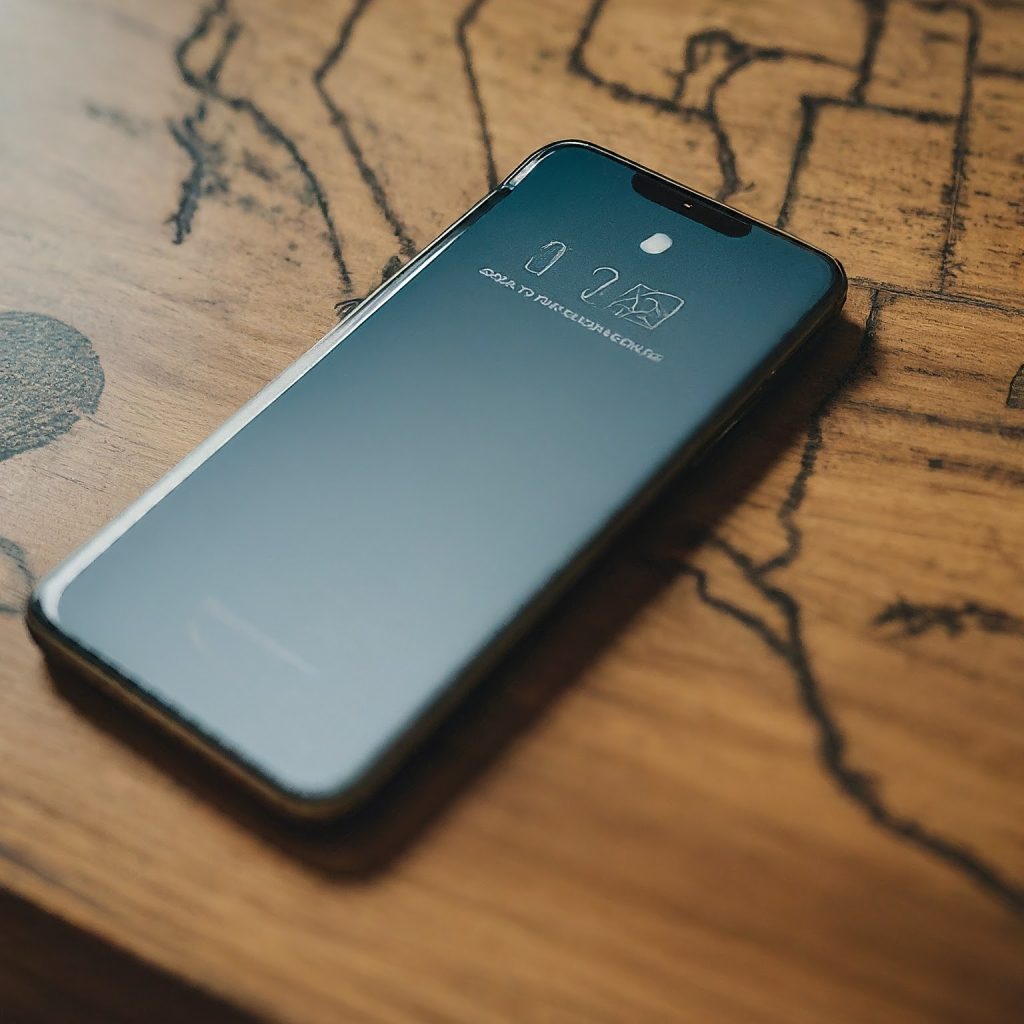Phone area codes are the unsung heroes of modern communication, seamlessly connecting us across vast distances and diverse regions. These three-digit numerical prefixes, often overlooked in our daily lives, hold a wealth of information about the location and origin of a phone number. This article delves into the fascinating world of phone area codes, exploring their history, significance, and impact on the way we communicate.

A Historical Perspective: The Birth of Phone Area Codes
The concept of phone area codes emerged in the mid-20th century as telephone networks expanded rapidly. With the increasing number of telephones, it became necessary to develop a system for efficient call routing. In 1947, the North American Numbering Plan (NANP) was introduced, dividing the continent into numerous geographic regions, each assigned a unique three-digit area code. This system revolutionized telecommunications, allowing for faster and more reliable call connections.
The Mechanics of Area Codes: How They Work
Area codes function as routing prefixes within the telephone network. When you dial a phone number, the first three digits (the area code) signal to the switching system the general location of the called party. This information enables the system to direct the call to the appropriate local exchange, which then connects it to the specific phone line.
Beyond Geography: The Significance of Phone Area Codes
Phone area codes are more than just geographic markers; they hold a deeper significance in our lives. They can be a source of pride and identity for residents of a particular region, often becoming synonymous with the culture and character of that area. For example, the 212 area code is closely associated with the vibrant energy of New York City, while the 415 area code evokes images of San Francisco’s iconic landmarks and laid-back lifestyle.
Businesses also recognize the value of phone area codes, often using them as a marketing tool to establish a local presence and connect with customers in specific regions. A local area code can convey a sense of trust and familiarity, making it more likely for customers to engage with a business.
Challenges and Solutions: The Evolving Landscape of Phone Area Codes
As populations grow and technology advances, the demand for phone numbers continues to rise. This has led to the depletion of available phone numbers within some area codes. To address this issue, various solutions have been implemented, including:
- Area Code Splits: This involves dividing an existing area code into two or more smaller area codes, each serving a specific geographic region.
- Area Code Overlays: This involves assigning multiple area codes to the same geographic region. In an overlay system, callers must dial the area code along with the local phone number, even for local calls.
The Future of Phone Area Codes
While the rise of mobile phones and internet-based communication has changed the way we communicate, phone area codes are still an integral part of the telecommunications landscape. They continue to play a crucial role in call routing, marketing, and regional identity. As technology continues to evolve, we can expect to see new innovations in the way area codes are used and managed.
Conclusion
Phone area codes are more than just numbers; they are a reflection of our interconnected world, our diverse communities, and our ever-evolving communication systems. They serve as a link to our past, a representation of our present, and a glimpse into our future. By understanding the history, significance, and function of phone area codes, we can gain a deeper appreciation for the complex networks that enable us to connect with each other across vast distances.
لا تعليق